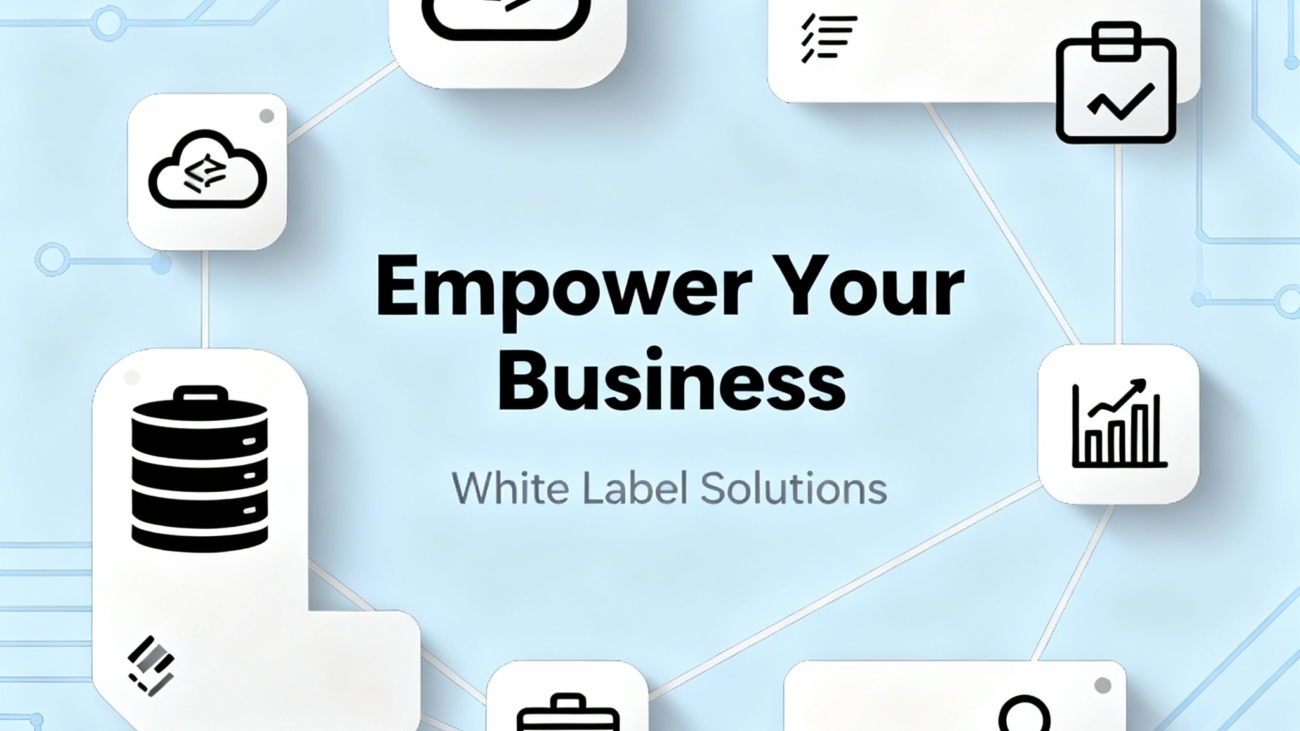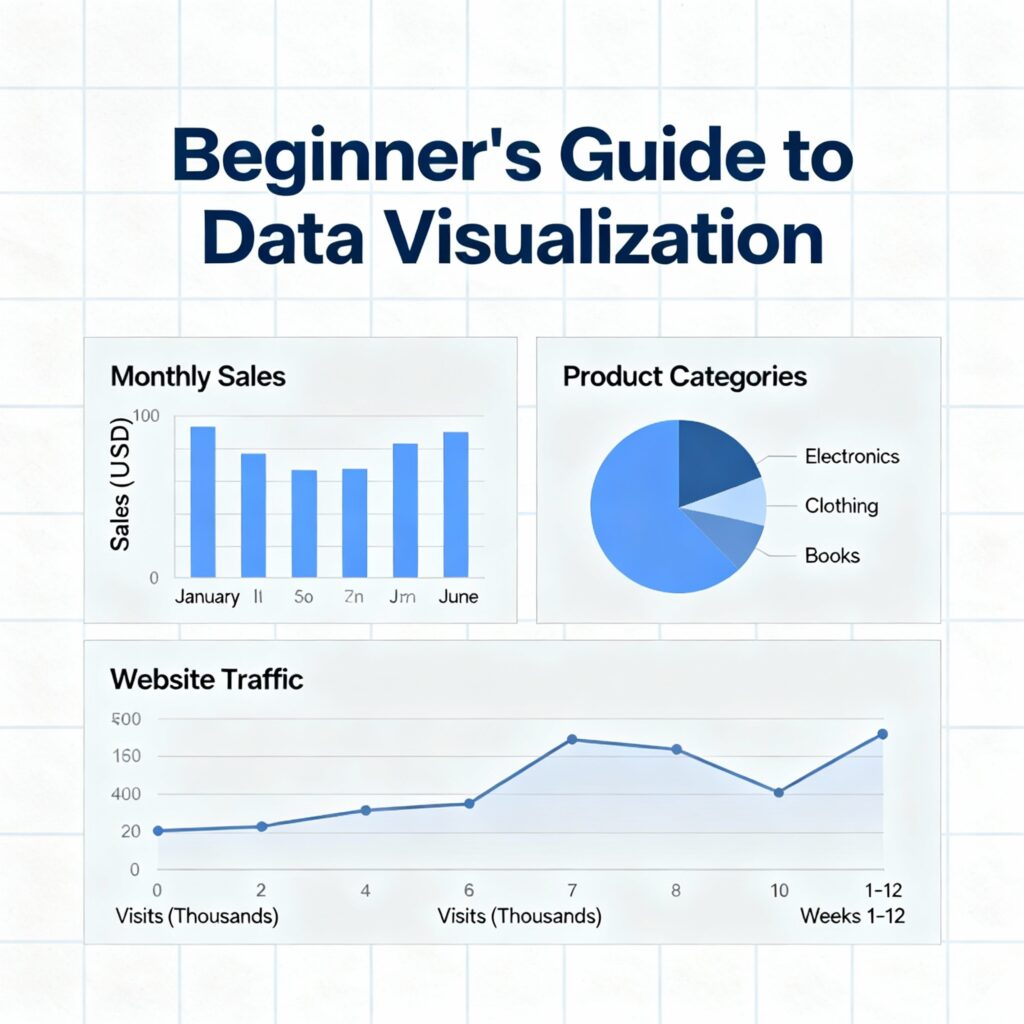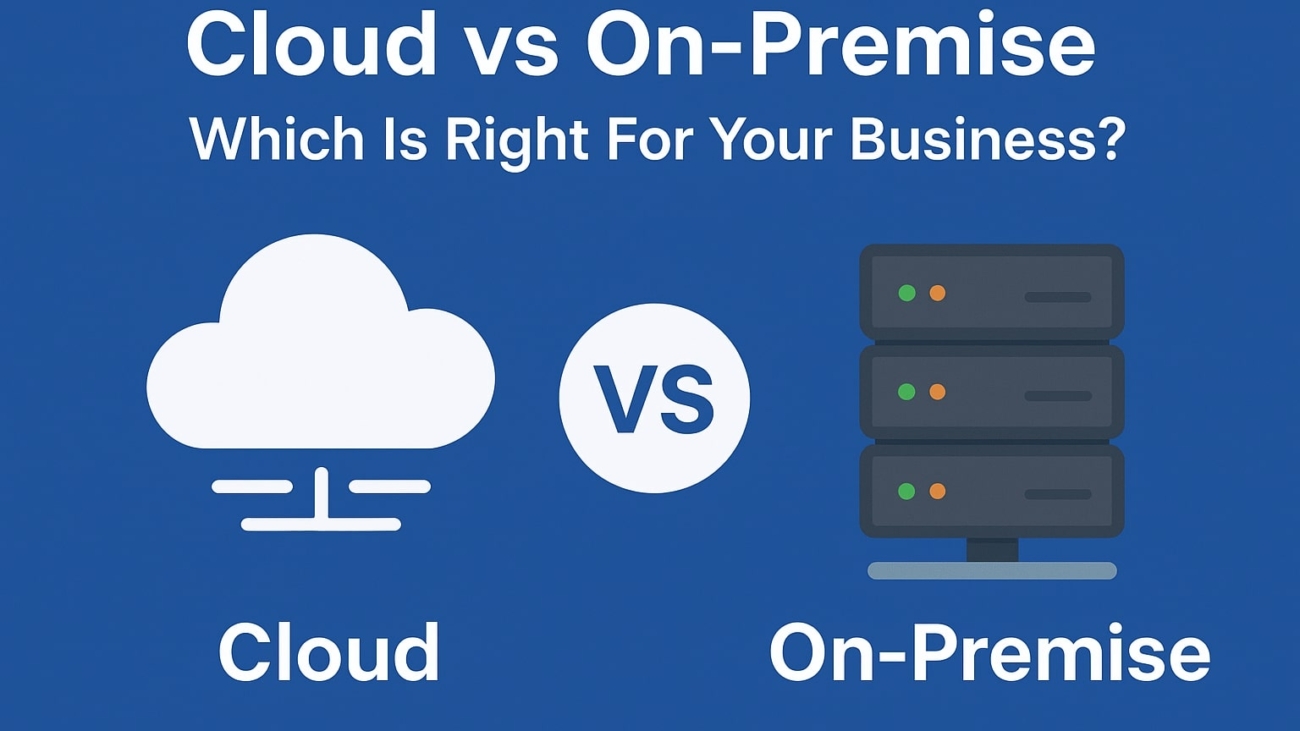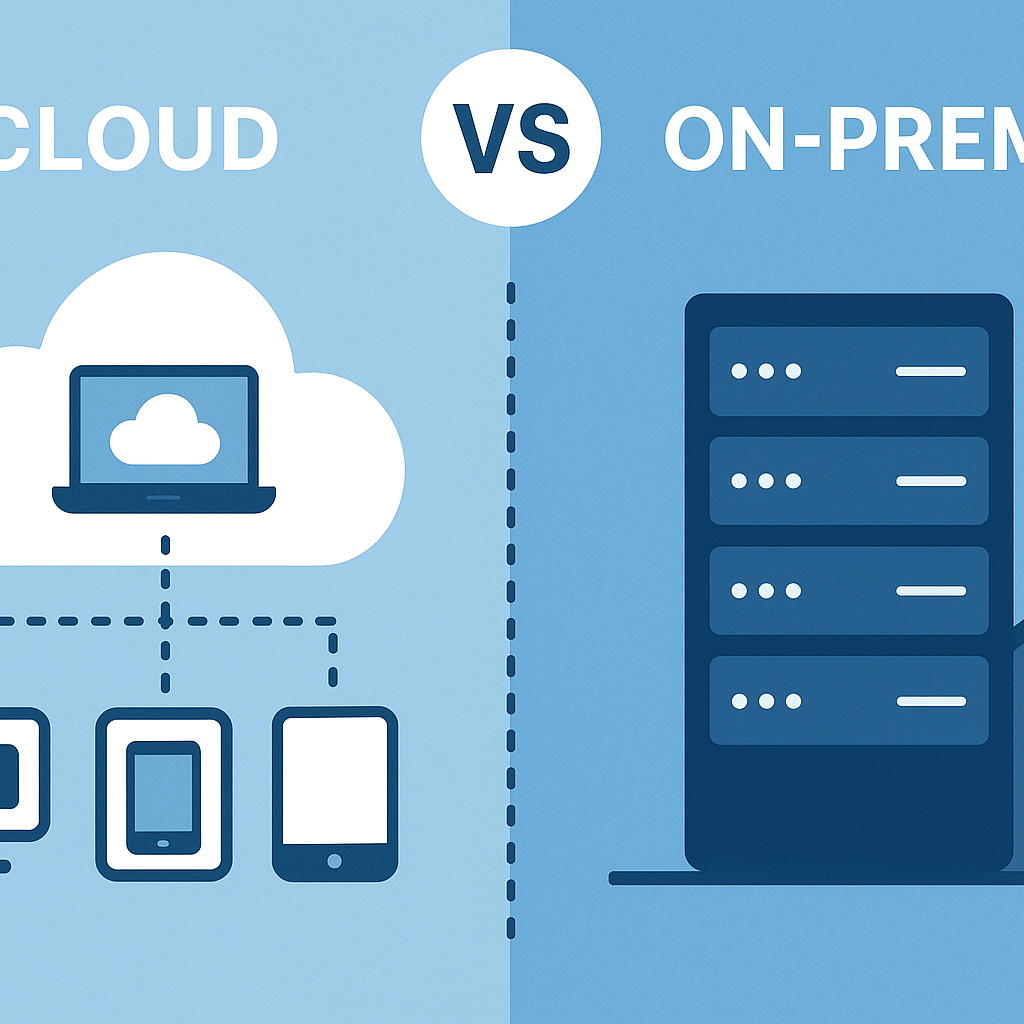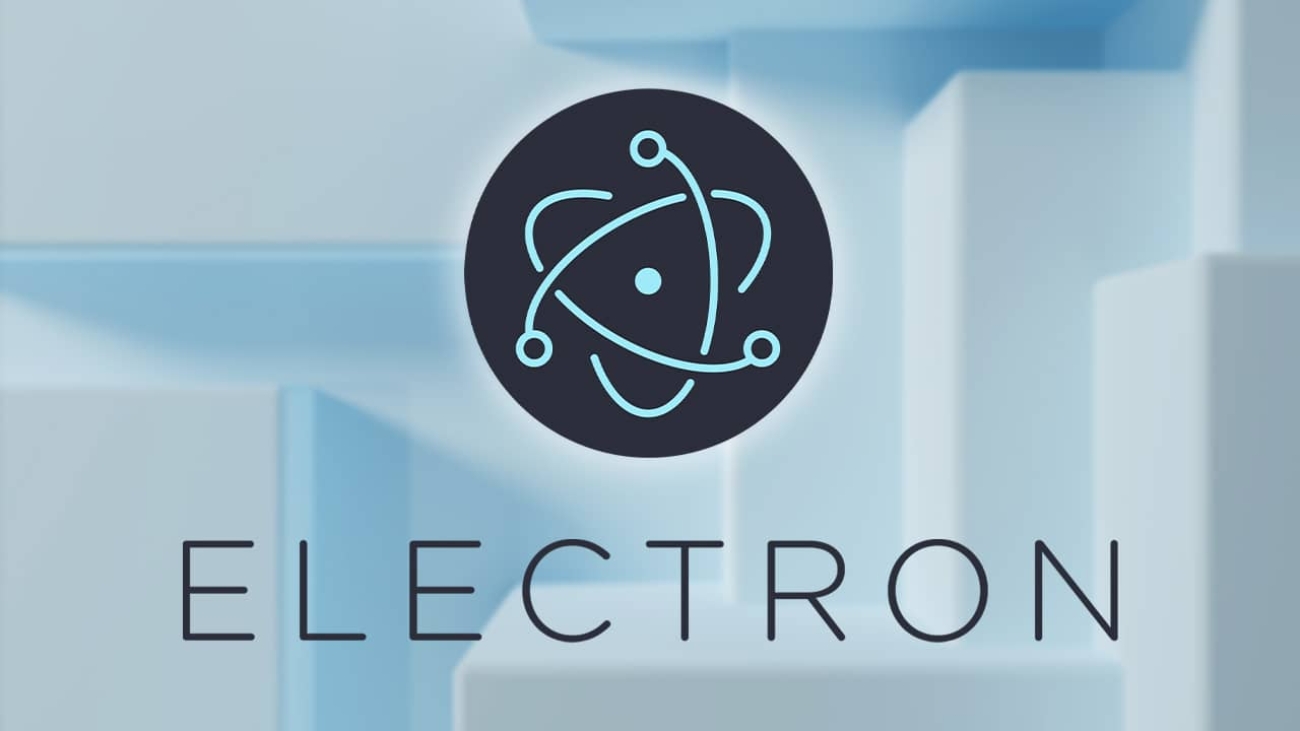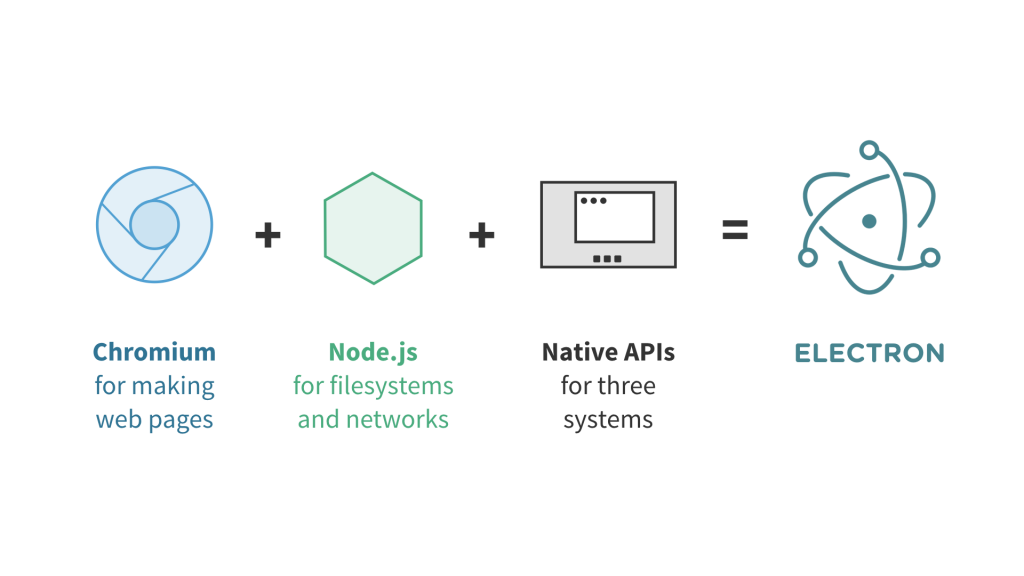In today’s fast-paced digital world, businesses need solutions that save time, reduce costs, and maintain brand identity. That’s where white label software solutions comes into play. Whether you’re an IT consultant, digital agency, or entrepreneur, white label software lets you offer powerful technology under your own brand without the heavy investment in development.
💡 What Is White Label Software?
White label software is a ready-made software product developed by one company and rebranded or customized by another. In simple terms, it’s like buying a car without the logo you add your brand name and start driving immediately.
For example, if you’re a marketing agency that wants to offer an AI-powered analytics dashboard or a business that needs a POS or ERP solution, white label software allows you to do so instantly without building it from scratch.

⚙️ Benefits of White Label Software Solutions
- Faster Time to Market
Skip the months (or years) of development launch your branded product within days or weeks. - Cost-Effective
No need to hire a full development team or spend on R&D. Pay for licensing or customization only. - Brand Ownership
Promote the software as your own your logo, your colors, your domain. - Scalable and Tested
White label products are already tested and proven, allowing you to scale confidently. - Focus on Growth
Instead of managing servers and debugging code, focus on sales, support, and client relationships.
🚀 White Label Solutions by Ityanta Technology and Solutions
At Ityanta Technology and Solutions, we specialize in delivering powerful, scalable, and fully customizable white label software for businesses across industries.
Our White Label Offerings Include:
- 🧾 POS (Point of Sale) Systems – Retail, Restaurant, and Event POS with reporting, stock management, and multi-location support.
- 🏢 ERP & CRM Solutions – Manage inventory, employees, and clients from one intuitive dashboard.
- 🌍 SaaS Platforms – Launch your own cloud-based service with user management, billing, and real-time analytics.
- 🧠 AI-Powered Tools – Automate workflows, analyze data, and enhance decision-making.
- 🖥️ Custom Software Development – Tailored applications built to match your business logic and industry needs.
🌟 Why Choose Ityanta Technology and Solutions?
✅ End-to-End Customization – We rebrand, reskin, and adapt the software to your unique needs.
✅ Secure & Scalable Architecture – Designed to handle growing user bases and heavy data loads.
✅ Affordable Licensing Models – Pay only for what you use — no hidden costs.
✅ Dedicated Support Team – From onboarding to deployment, our experts guide you at every step.
✅ Global Delivery Experience – Trusted by startups and enterprises in India, the USA, and Canada.
🔮 The Future of White Label Software
As technology evolves, white labeling is becoming the smart choice for companies that want to expand faster and deliver innovation without technical limitations. Whether you’re starting a new SaaS business or upgrading your existing digital offering, white label software from Ityanta Technology and Solutions empowers you to lead with confidence.
📞 Ready to Launch Your Branded Software?
Let’s turn your business vision into a branded reality.
👉 Contact Ityanta Technology and Solutions today to discuss your white label needs.
